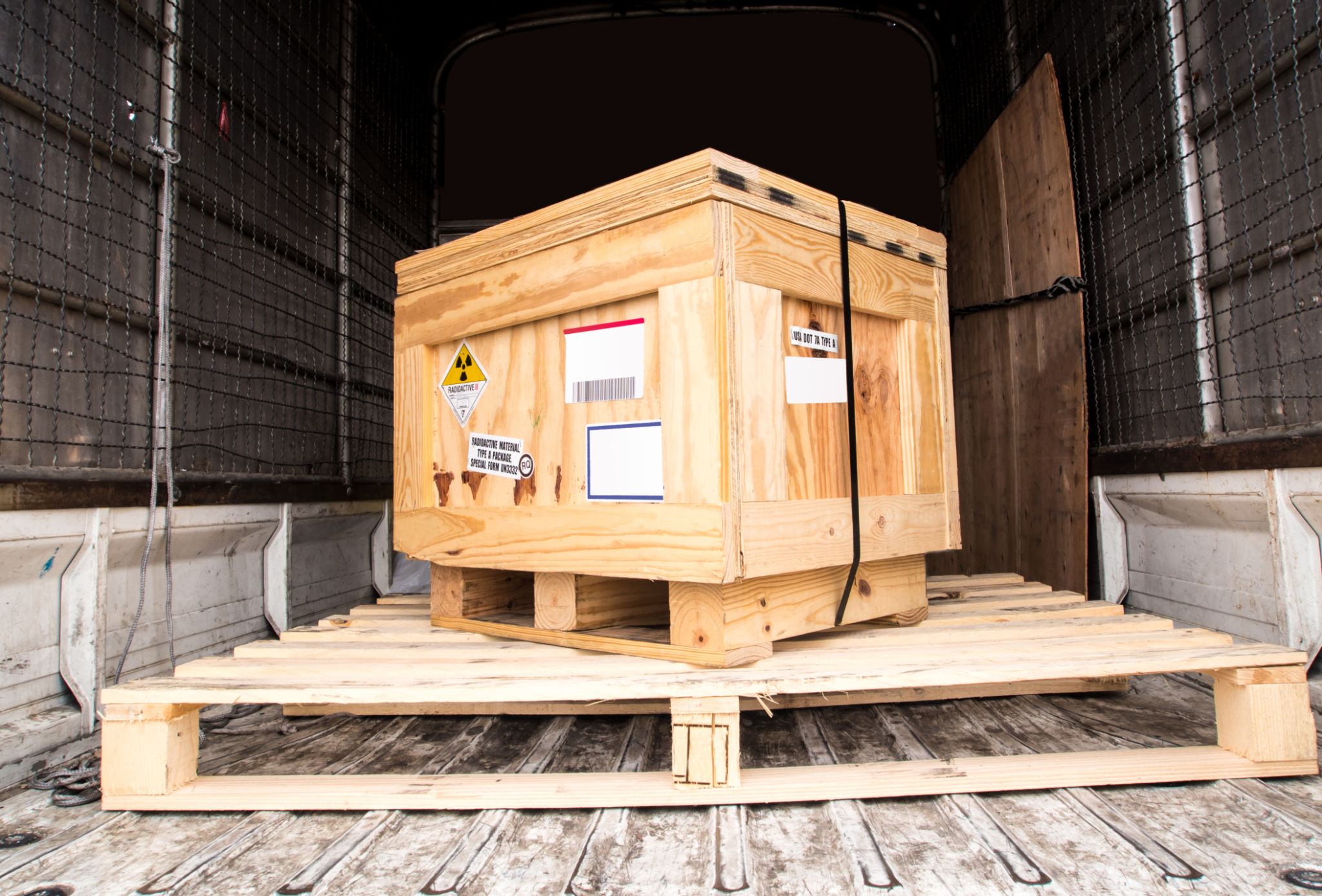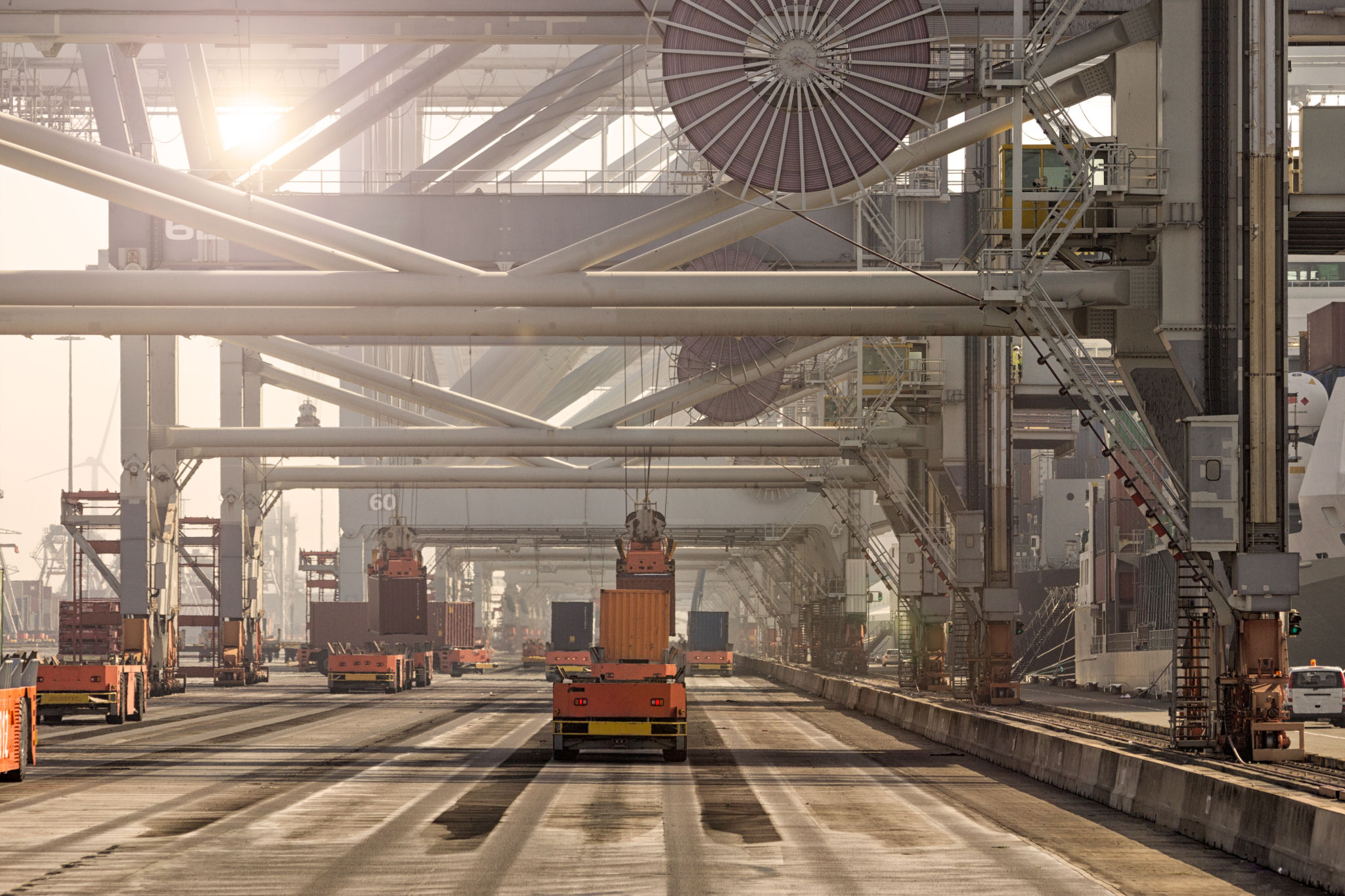Understanding Container Shipping Services: A Comprehensive Guide
Introduction to Container Shipping
Container shipping is the backbone of global trade, serving as the most efficient and cost-effective method for transporting goods across vast distances. This system uses standardized containers, allowing for seamless transfer between ships, trucks, and trains. Understanding how container shipping works is crucial for businesses looking to expand their reach internationally.

The Basics of Container Shipping
Container shipping involves the use of large, reusable containers that hold various types of cargo. These containers come in standard sizes, with the most common being the 20-foot and 40-foot lengths. The uniformity in size allows for easy stacking and transfer, facilitating a smooth logistics process from origin to destination.
One of the key advantages of container shipping is its ability to handle large volumes of goods, making it an ideal choice for bulk shipments. The containers are sealed and secure, providing protection against theft and damage during transit. This security is a major reason why businesses trust this method for transporting valuable goods.
Types of Containers
There are several types of containers used in shipping, each designed for specific cargo needs. Some common types include:
- Dry Storage Containers: Standard containers used for most types of cargo.
- Refrigerated Containers: Equipped with temperature control for perishable goods.
- Open-top Containers: For oversized cargo that needs to be loaded from the top.
- Flat Rack Containers: Suitable for heavy machinery and vehicles.

How Container Shipping Works
The process begins with the booking of space on a container ship, either through a shipping line or a freight forwarder. Once a booking is confirmed, the cargo is packed into containers at the point of origin. These containers are then transported to a port where they are loaded onto a vessel.
After reaching the destination port, the containers are unloaded and transferred to trucks or trains for delivery to their final destination. This intermodal transport capability is a key strength of container shipping, offering flexibility and efficiency in moving goods across different modes of transportation.
Importance of Port Infrastructure
Ports play a crucial role in the container shipping process. They serve as the hubs where containers are loaded, unloaded, and transferred. Efficient port operations are vital to minimize delays and ensure timely delivery of cargo. Many ports have invested in advanced technology and infrastructure to handle the increasing volume of container traffic.

Challenges in Container Shipping
Despite its many advantages, container shipping does face challenges. Congestion at ports can lead to delays, affecting delivery schedules. Weather conditions and geopolitical issues can also impact shipping routes and schedules. Moreover, the industry must continually adapt to environmental regulations aimed at reducing emissions from ships.
To mitigate these challenges, companies often work closely with logistics partners and invest in technology that enhances supply chain visibility. Real-time tracking systems allow businesses to monitor their shipments and make informed decisions based on current conditions.
The Future of Container Shipping
The container shipping industry is constantly evolving, with technological advancements driving new efficiencies. Automation in ports and the development of smart containers equipped with sensors are transforming how goods are tracked and managed during transit. Additionally, efforts to build more sustainable ships are underway, aiming to reduce the carbon footprint of maritime transport.
As global trade continues to grow, understanding and leveraging container shipping services will be essential for businesses looking to compete on an international scale. By staying informed about industry trends and innovations, companies can optimize their logistics operations and ensure they remain competitive in the global market.

